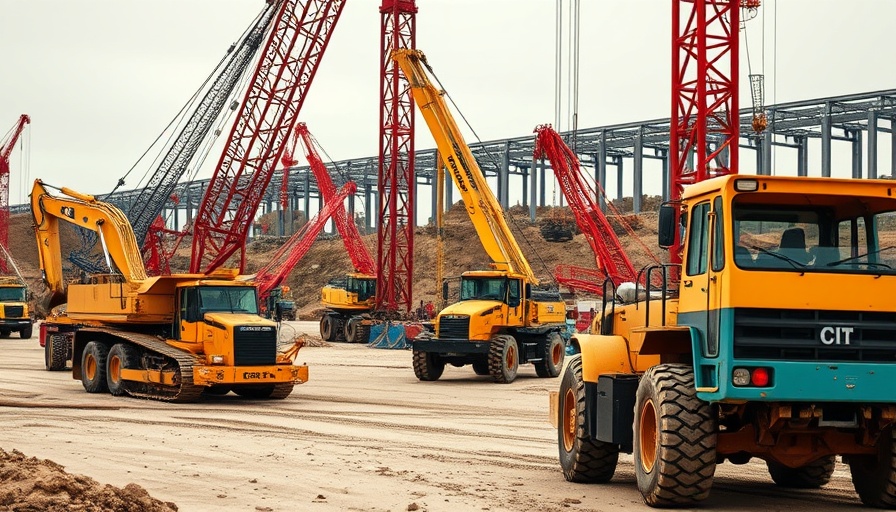
Streamlining Construction Fleets: The Importance of Integration
In the modern construction landscape, managing a fleet of vehicles and heavy machinery is no simple task. Operators need seamless access to information that allows them to focus on their projects rather than get bogged down by piles of paperwork. A staggering 46% of fleet leaders report using over 10 disconnected systems, which can lead to significant inefficiencies, including costly delays and missed maintenance schedules.
Challenges of Siloed Systems
When construction fleets rely on non-integrated tools for managing operations—ranging from telematics systems to fuel tracking—they expose themselves to numerous operational risks. Data misalignment, duplication of efforts, and erroneous entries can surface, leaving fleet managers scrambling to piece together information. The consequences? Time wasted on navigating between systems instead of prioritizing job site readiness.
The Risk of Operational Downtime
In a sector already grappling with labor shortages—due in part to safety concerns and an aging workforce—inefficiencies caused by fragmented systems can exacerbate challenges. Equipment breakdowns resulting from poorly managed maintenance records can cost fleets up to $760 per day for each piece of machinery. An integrated platform not only mitigates these risks but boosts overall productivity by allowing for real-time visibility on asset performance across projects, whether it's granite transportation or tile installations.
Emphasizing Technology for Future Growth
The integration of technology in fleet management is no longer optional; it’s essential. Adopting adaptable, integration-first solutions can significantly enhance a construction company's capability to meet demands while minimizing operational risks. As the industry moves forward, embracing advanced technologies tailored to work harmoniously together will serve as a key differentiator in streamlining operations and increasing project success.
 Add Row
Add Row  Add
Add 

 Add Row
Add Row  Add Element
Add Element 






Write A Comment